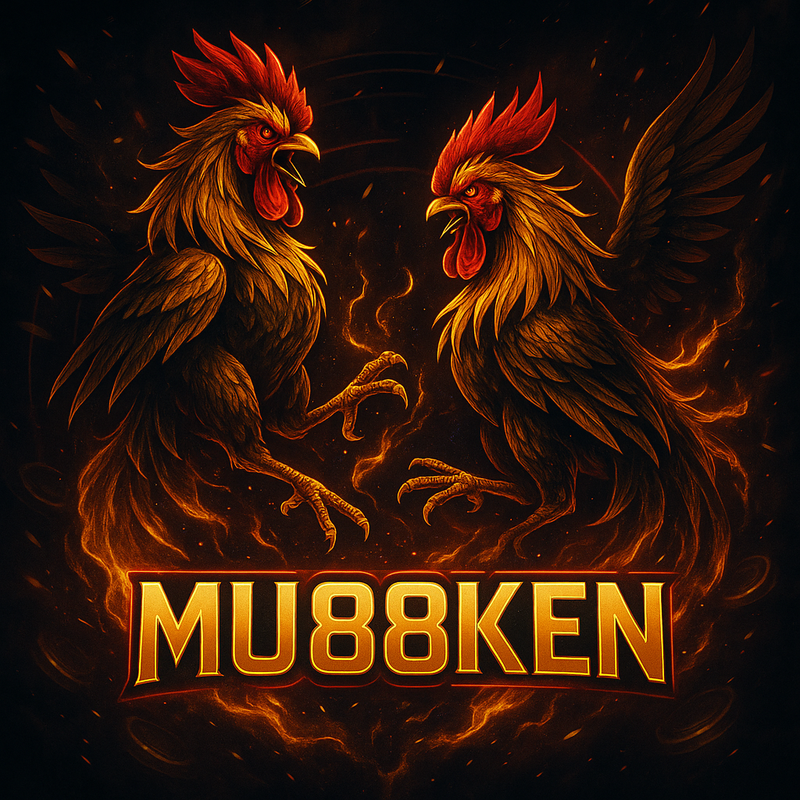
Cockfighting, a practice steeped in history, has long been a contentious yet fascinating subject within diverse cultures around the world. Dating back millennia, this ritualistic sport involves two roosters, specially bred for fighting, facing off in an enclosed space. For many, it embodies the spirit of heritage, community, and the complexities of human-animal relationships. Cockfighting has evolved over time, representing more than just a competition; it serves as an insight into the values, beliefs, and societal interactions of those who participate in it.
As societal attitudes shift and legislation changes, the rituals surrounding cockfighting find themselves at a crossroads. While some communities cling to this age-old tradition, celebrating its importance in culture, others advocate for animal rights and welfare, challenging the morality of the practice. This tension between maintaining traditions and progress raises important questions about the future of cockfighting, the role of tradition in contemporary society, and the ways in which cultural practices must adapt or face disappearance. Gaining insight into these factors offers a deeper insight into the complexities of cockfighting and its role in our ever-changing world.
Historical Significance of Cockfighting
Cockfighting has beginnings that can be followed back thousands of years, making it a noteworthy social practice across various civilizations. Evidence suggests that this sport began in historical civilizations such as Iran and Hindustan, where it was both a method of entertainment but also a ceremonial event integral to societal heritage. It quickly moved through commerce pathways, reaching regions like Hellas and Rome, where it became a popular activity among the upper classes and commoners alike.
Throughout history, cockfighting has provided multiple purposes beyond mere fun. It has been a community activity that fosters social bonding, often matched by festivities and meetings. This sport was sometimes linked with gambling, which added a element of thrill and competition. Many cultures integrated cockfighting into their religious practices, thinking that the battles of roosters mirrored power, determination, and even heavenly support.
As communities evolved, so did the view and regulation of cockfighting. In some cultures, it became a divisive issue, encountering challenges from animal welfare advocates and shifting social attitudes towards animal care. However, its significance persists in many regions, with local traditions continuing to flourish and adapt to current values, demonstrating a complex relationship between heritage and the present in the context of cockfighting.
Cultural and Ceremonies
Cock fighting is saturated in cultural importance that surpasses mere amusement. In multiple regions, the match is often enhanced by cultural music, colorful textiles, and community gatherings that highlight the community fabric of the community. Participants and viewers alike engage in ceremonies that show respect for the fowl and the sport itself. Ceremonies often happen before a match, where owners honor their fowl with prayers and gifts, reinforcing the divine connection between the birds and their handlers.
The preparation for a cockfight is careful and rich with ceremonial elements. Trainers and owners devote time to preparing their roosters, ensuring they are in peak physical condition. This process often entails specific diet regimens, training routines, and psychological conditioning. These practices emphasize the bond between the bird and its trainer and showcase the pride both take in the cock’s skills. It is common to see ceremonial colors and symbols that signify good luck, as competitors seek to invoke success in the arena.
As cockfighting progresses, so do the connected ceremonies. While time-honored practices remain essential, modern variations have added new aspects, such as formal betting systems and the use of technology for fight documentation. This mix of the old and new illustrates how practices can adapt while upholding their cultural roots. The combination of these traditions serves to bolster community connections, with each match becoming a event of local identity and heritage in a transitioning world.
Contemporary Challenges and Forward-looking Perspectives
Cockfighting deals with significant challenges in the contemporary era, particularly due to evolving societal attitudes towards animal rights and welfare. Increasing recognition of the ethical implications of animal fighting has led to stronger legislative measures against the practice in many regions. MU88 Activism from animal welfare organizations has escalated, resulting in public campaigns that question the morality of blood sports and advocate for the humane treatment of animals. As a result, traditional cockfighting events are often met with opposition and regulatory challenges, pushing practitioners to reconsider the sustainability of their activities.
Furthermore, the rise of digital media has transformed how these events are perceived and conducted. Live-streaming of cockfighting matches can attract a wider audience but may also subject organizers to examination and legal consequences. Participants must deal with new challenges posed by online exposure, as monitoring and enforcement of anti-cockfighting laws have become more stringent. This technological landscape forces the community to adjust, finding ways to maintain their traditions amidst growing opposition and changing regulations.
Looking ahead, the prospects of cockfighting may depend on the ability of practitioners to innovate and pivot towards more acceptable alternatives. Some enthusiasts are exploring hybrid formats that focus on breeding techniques or virtual competitions. By evolving practices and aligning with animal welfare standards, there may be a chance to preserve cultural traditions while appeasing modern ethical concerns. thể thao MU88 Ultimately, the survival of cockfighting will hinge on openness to change and the capacity to foster dialogue with the broader community about its place in modern society.
